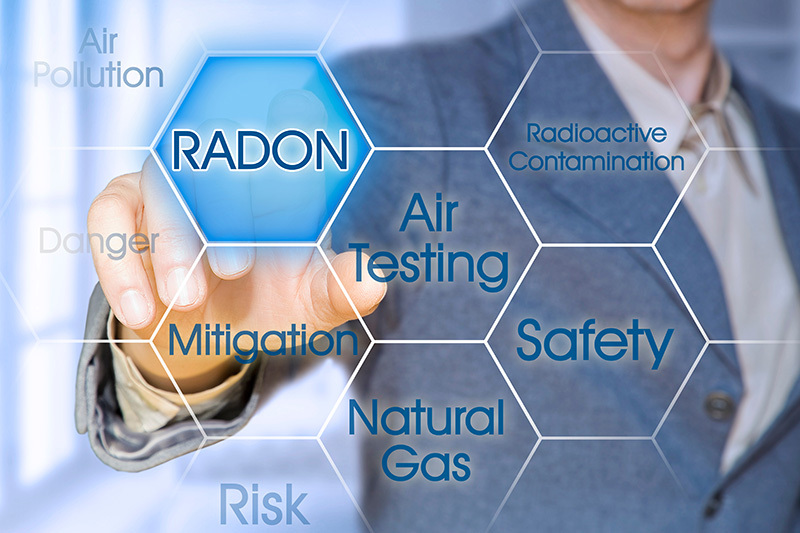Radon is a colorless, odorless, and tasteless radioactive gas produced in the ground. Though it is natural and safe in low doses, it can still cause many issues. The radon gas that could get into your home comes from the breakdown of uranium in the soil.
From the American Cancer Society, high levels of radon cause about 21,000 lung cancer deaths every year. As HVAC professionals, we care about the health and well-being of our customers. For this reason, we want to take a moment to go over what you need to know about radon. We also offer tips on how to lower radon levels in your home.
How Radon Gets into Your Home
Radon usually gets into homes in lower areas like crawlspaces and basements. This is more likely to be a serious issue if your home’s soil has significant uranium deposits. But, radon can still be an issue for other reasons. This gas could also work its way into your home through:
- Foundation cracks
- Pumps used in your basement or other low-lying areas of your home
- Faulty or worn construction joints
- Gaps around pipes
- Poor HVAC filtration that brings radon up into your main living spaces if your HVAC system is in the basement
There are kits you can buy to test the radon gas levels in your home. The lowest radon level considered “acceptable” is 4.0 pCi/L.
Lowering Your Indoor Radon Levels
A simple way to reduce radon levels in your home is to improve circulation and ventilation. This is something you can do by opening windows when it’s not hot and humid enough to need to run your HVAC system. Ceiling and pedestal fans can also help with indoor air circulation. Further reduce radon levels in your home by:
- Checking for and sealing access points. If you find any air gaps, sealing them can help. Some sealants include draft excluders, weather-stripping, and rubber seals. You can also use various caulking products to seal floor or wall entry points.
- Clearing away debris if you have a suspended ground floor. If this is how your home is set up, there’s a space below your main floor that you home uses for ventilation. Look in this area to see if there’s debris that needs cleared out.
- Sealing large cracks. Radon can work its way up through the ground if there are any cracks in or around your home. Pay attention to larger cracks that may be in your foundation or in the ground. If you find anything, call a local professional specializing in this type of repair work.
Call Us Today
If you’re not sure what’s going on with radon levels or air quality in your home, we can help. Our HVAC technicians provide clear, accurate answers to make your indoor environment safer. One of these may be making some updates or improvements to your HVAC system. With circulating air and filters, it can remove airborne impurities like radon better. Contact our HVAC team today to learn more about our full range of home comfort services.

